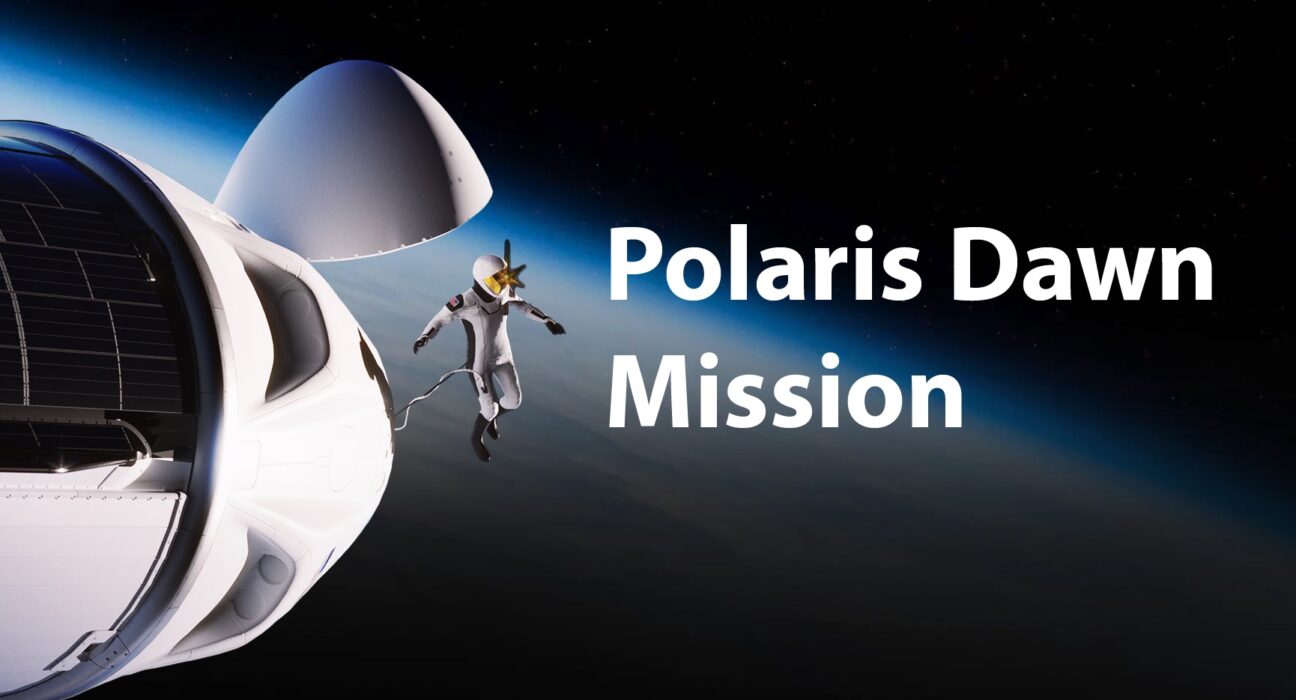The Polaris Dawn private astronaut mission, initially slated for April, has encountered further setbacks, pushing its launch to the middle of 2024. Spearheaded by billionaire Jared Isaacman’s Polaris Program, this mission aims to mark several historic milestones, notably the inaugural spacewalk from a Crew Dragon spacecraft. The delay, announced on February 8, is attributed to the need for additional developmental time to ensure mission success and crew safety.
Central to the mission’s objectives is the execution of a spacewalk, necessitating the development of an extravehicular activity (EVA) spacesuit capable of functioning outside the spacecraft. Additionally, modifications to the Crew Dragon are required to enable the cabin’s depressurization before the spacewalk and subsequent repressurization. Jared Isaacman has acknowledged the challenges, emphasizing the rigorous training and preparations underway, which include simulating various contingencies while acclimating to the EVA suits.
Industry sources reveal that SpaceX underestimated the complexity of converting the existing pressure suit worn by astronauts inside Crew Dragon into a fully functional EVA suit. Initial projections set the launch for as early as the fourth quarter of 2022, highlighting the extent of the delays incurred. Elon Musk, SpaceX’s CEO, acknowledged the difficulties in redesigning the spacesuit for improved mobility, emphasizing the need for a suit that facilitates comfortable movement without exorbitant costs.
The Polaris Dawn mission serves as a testing ground for SpaceX’s redesigned spacesuit intended for future missions. While specific details and images of the suits remain undisclosed, Isaacman noted their bulkier nature compared to the current Dragon pressure suits. All crew members, including those within the Dragon spacecraft, will don these suits during the mission, replacing the standard pressure suits used during launch and reentry.
Beyond the historic spacewalk, the mission aims to evaluate intersatellite communications using optical links between the Crew Dragon and Starlink satellites. Lasting up to five days, the mission will also conduct crucial health research, including studies on the radiation environment at altitudes reaching 1,400 kilometers, surpassing the altitude of any crewed mission since the Apollo 17 mission to the moon in 1972.
In summary, while facing delays, the Polaris Dawn mission remains poised to achieve significant milestones in space exploration. Despite the challenges encountered in spacesuit development and mission preparation, the commitment to ensuring both mission success and crew safety underscores the importance of thorough planning and rigorous testing. As the private space sector continues to advance, missions like Polaris Dawn pave the way for future endeavors beyond Earth’s orbit.


